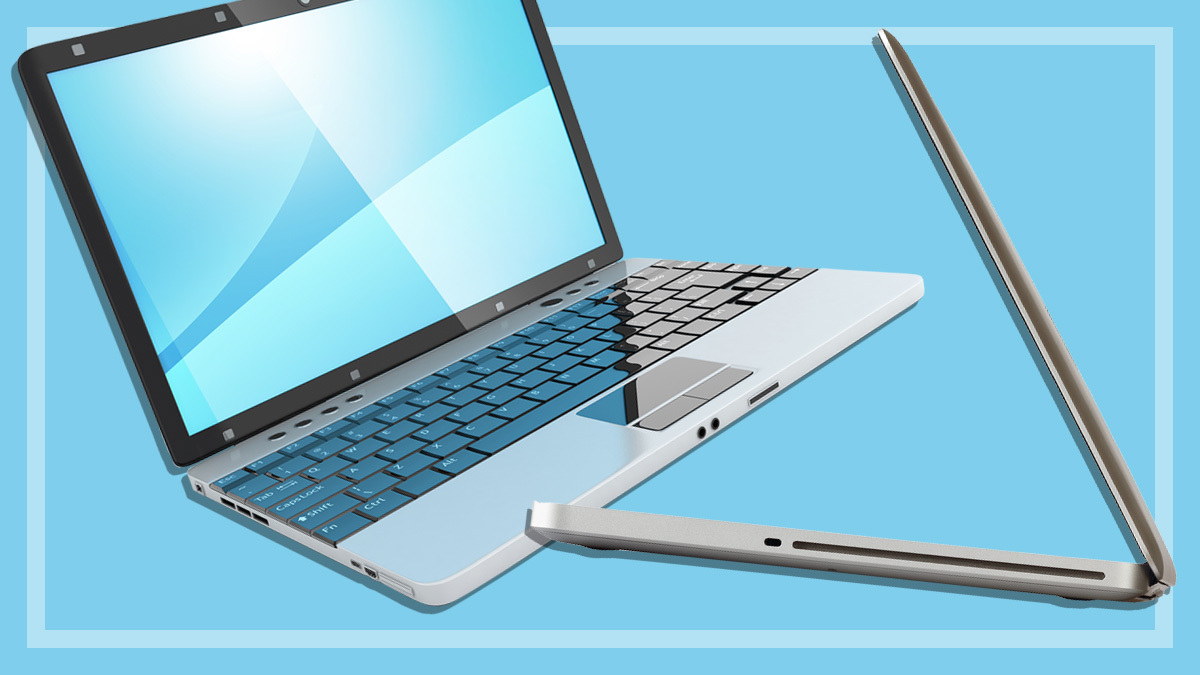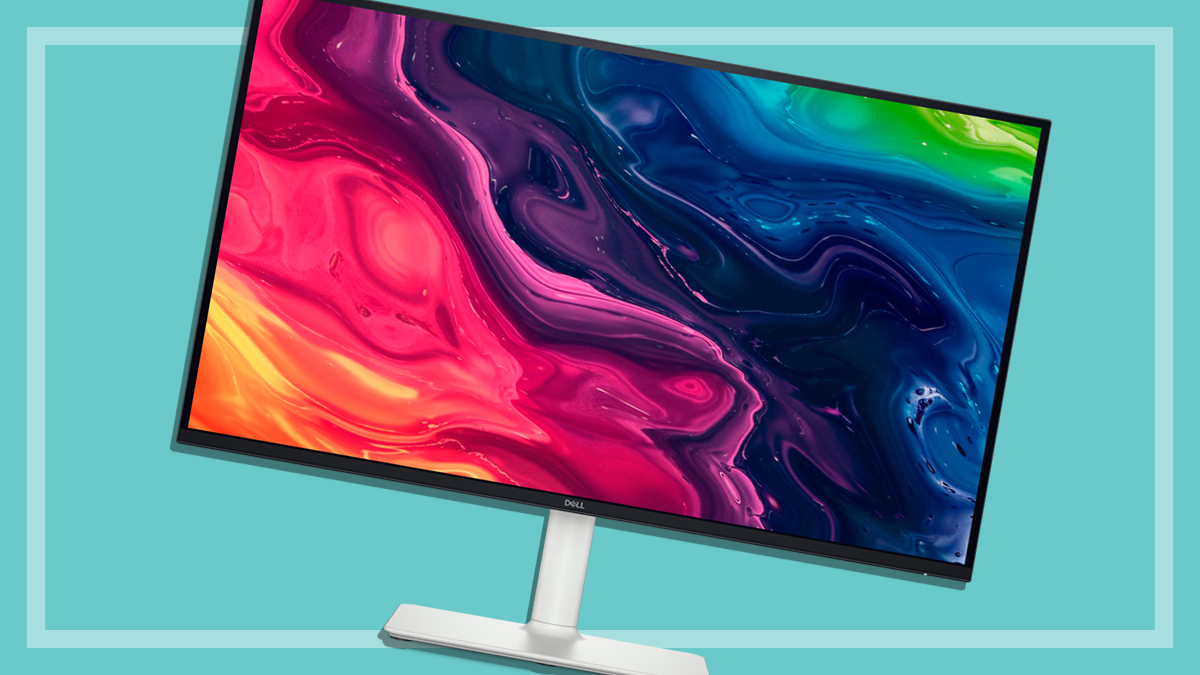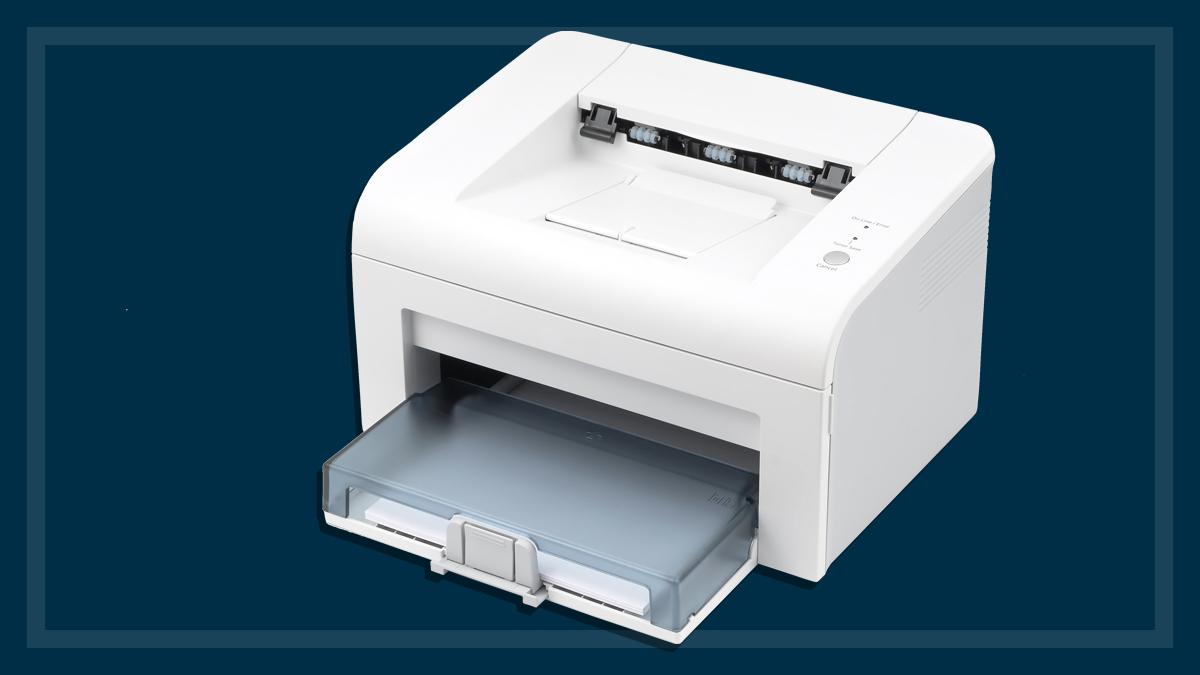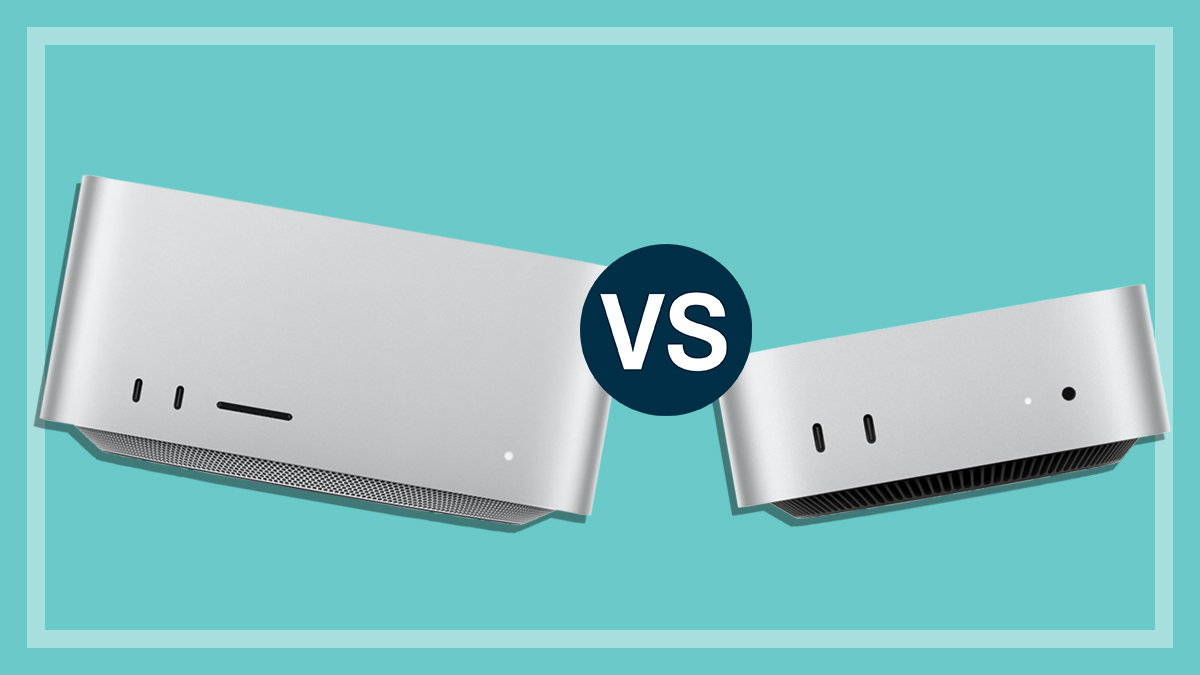Get our independent lab tests, expert reviews and honest advice.
Apple M1 MacBook Air review
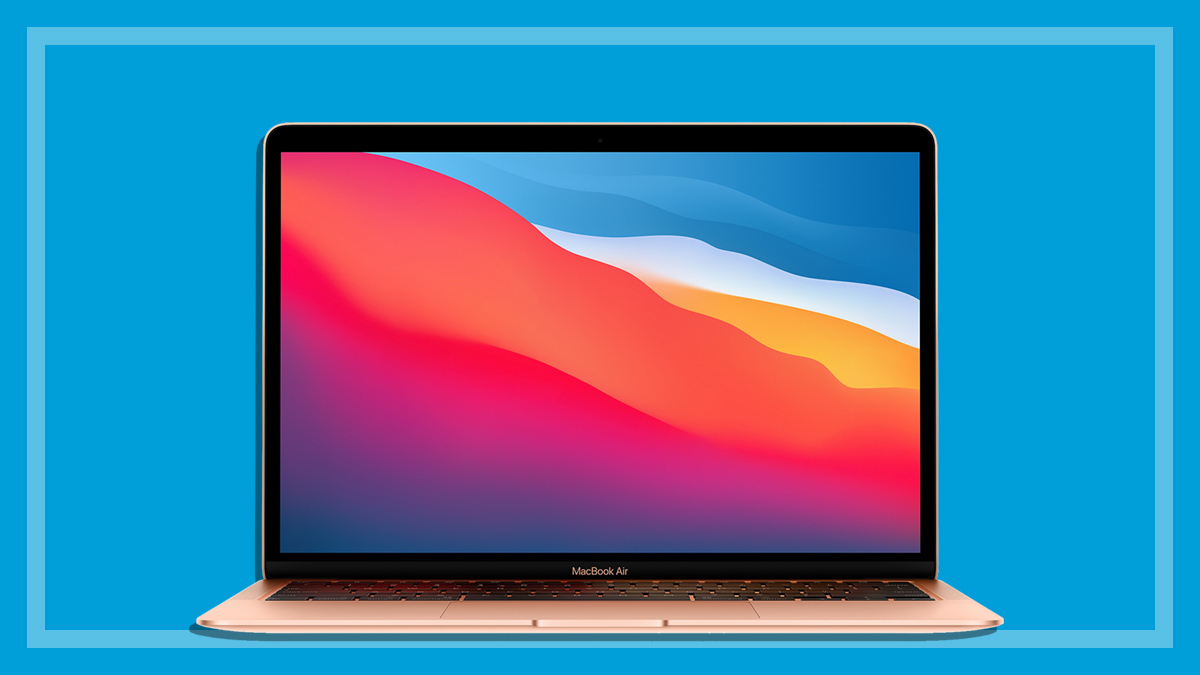
CHOICE verdict
Apple’s first MacBook Air with the new homegrown ‘Apple Silicon’ M1 chip looks outwardly the same as the previous Intel-based model, but inside it’s a whole new ballgame. Apple claims speed increases for the M1 of up to several times the equivalent Intel-based Macs and our initial experience is that it’s very fast indeed. Apps designed to run natively on the new chip architecture show the biggest speed increases, but older apps run fine too, even under the Rosetta 2 emulation mode. The first-generation Apple chips are also super energy efficient, giving long battery life. Overall, the extra speed and battery life make the M1 MacBook Air a much more attractive proposition for a lightweight laptop, but teething problems with Wi-Fi and losing the ability to run Windows OS, may put off some users.
Price: From $1599
Contact:
apple.com.auAfter several years with no major design changes to its basic laptop line, Apple is entering a new era with the introduction of its own M1 chip architecture, which has breathed new life into the 13-inch MacBook Air, MacBook Pro and desktop Mac Mini.
These are the first models to transition from using Intel chips to its own ‘Apple Silicon’ processors. Converting the whole Mac range will take about two years. We tried out the M1-based MacBook Air, courtesy of Apple, to see how it compares with the previous Intel-based model.
Related Apple reviews
- Apple iMac
- Apple MacBook Air 15-inch
- Apple MacBook Pro M2 14-inch
- Apple MacBook Air M2 13-inch
- Apple MacBook Pro 14-inch
- Apple MacBook Pro 16-inch
Comparing Intel Apples with M1 Apples
Abandoning Intel’s chip lineup for a completely new Apple-designed chip architecture has been expected for a long time, following the long-term success of Apple’s A-series processors in iPhones and iPads.
What wasn’t expected was the widespread reports of spectacular gains in performance and power efficiency, compared with previous Intel-based Mac models and Windows notebooks.
Our own hands-on comparisons with a 2020 equivalent Intel-based MacBook Air put the new M1 MacBook Air ahead in processing performance by a wide margin.
The M1 model is faster, quieter and runs cooler
The two laptops are outwardly identical, but the internal changes are extensive. The Intel-based MacBook Air has a 1.1GHz Quad-Core Intel Core i5 processor with 16GB RAM (memory) and Intel Iris Plus Graphics (1536MB), plus an internal fan and two Thunderbolt 3 ports.
Cool, silent type
The more energy-efficient M1 MacBook Air runs cooler, and silently, as it doesn’t need a fan. And the unified chip architecture means it doesn’t have separate graphics chips or memory. The two connection port have been upgraded to Thunderbolt 4. These are compatible with Thunderbolt 3 and give the same speed, rated at up to 40Gbps (gigabits per second).
The Thunderbolt 4 ports on the M1 MacBook Air can charge, support up to a 6K external display, and will support VGA, HDMI, DVI and Thunderbolt 2 if you have the right adapters.
Both MacBook Airs have a 13.3-inch 2560 x 1600 pixel LED-backlit Retina display (but M1 Mac supports a wider P3 colour gamut). Both are bright at a claimed 400 nits, though the M1 MacBook Pro screen is 500 nits.
Performance and battery life are where the big gains appear with the M1
In both cases, the FaceTime camera is 720p and three-microphone array with directional pickup for better sound pickup in video chats and there’s a 3.5-mm headphone jack. The stereo speakers support Dolby Atmos playback and are fine for personal listening. Both have a 49.9‑watt‑hour lithium‑polymer battery and 30W USB-C Power Adapter.
Both models have the scissor-mechanism Magic Keyboard, Touch ID fingerprint security and backlighting controlled by an ambient light sensor, plus a large force-touch trackpad. As usual, both MacBooks come with plenty of Apple apps including photo, video and audio editors, iWork productivity suite, backup, music, messaging, email, web browser, calendar, news, books and much more.
Real-world performance results
Performance and battery life are where you get the big gains with the M1. Our early speed comparisons favoured the M1 Mac heavily, when using the native graphics editor app Pixelmator Pro (v2.0.3) which is optimised for the M1. Pixelmator’s ML (machine learning) function for optimising images far outclassed the Intel version when resizing images, in some cases with three to four times the speed.
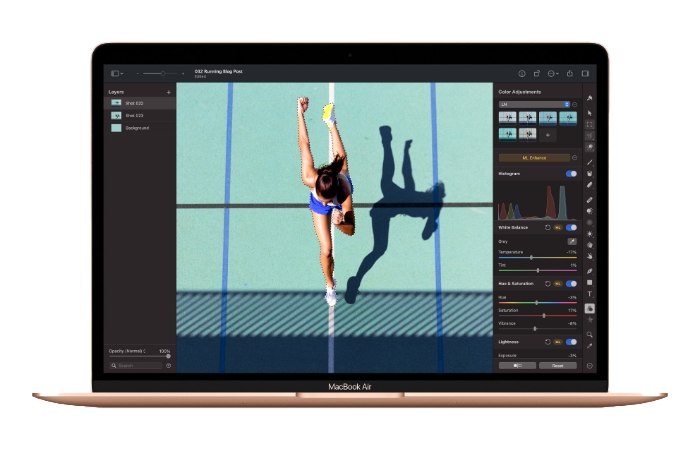
The overall feel in general use is that M1 is much snappier for doing just about anything. Google Meet and Zoom video calls that had the Intel MacBook Air ramping up the fan quite noisily were no problem on the M1 model (and silent, with no fan noise).
The M1 multitasks better too, due to the more efficient unified memory architecture. It showed no problems using Opera web browser and Safari together with numerous tabs open on each, plus running Word, Excel and Evernote, TextEdit and more. Using a similar combination on the Intel MacBook Air started to slow proceedings noticeably, resulting in the need to judiciously close tabs and programs.
Going native
Apple’s own programs are now all native versions, including video-editing heavweight Final Cut Pro and Logic Pro for audio editing. But even the Mac’s built-in iWork productivity suite of Pages, Numbers and Keynote benefit significantly.
For example, we found that the Pages program on the M1 was noticeably much faster and smoother in page layout mode – whereas it tends to lag by comparison when working with complex layouts on the Intel Mac.
Major third-party programs are increasingly being optimised for M1 chips, including major Microsoft and Adobe apps, the professional creativity suite of Affinity’s Photo, Designer and Publisher, and many more.
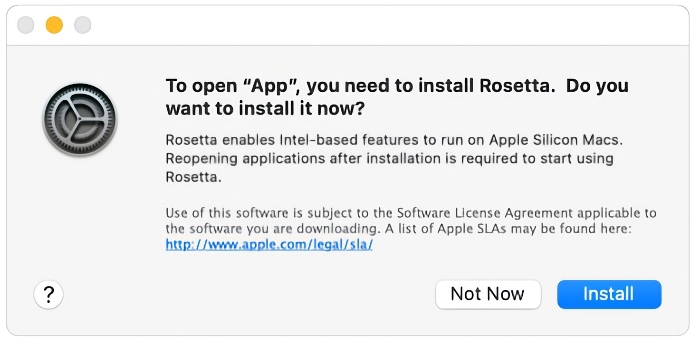
Non-native apps are handled via an emulator called Rosetta 2 (which launches the first time you encounter a non-M1 app). Our limited experience is they work just as well, if not better, compared with running on Intel chips.
Apple Silicon Macs have the advantage of also being able to run many iPhone and iPad apps directly on the Mac. But the app developers have to specifically allow this, so don’t expect to find all your mobile apps available to the Mac just yet.
Apps that have been optimised for the M1 chip are ‘Universal’ apps, which can run either natively or on Intel chips under Rosetta 2 emulation. If you want to check which apps you have that are ready for M1 you can see whether they’re listed as ‘Apple’ (Universal apps) or ‘Identified developer’ (non-Universal). Go to the Apple Menu -> About This Mac -> System Report -> Software -> Applications.
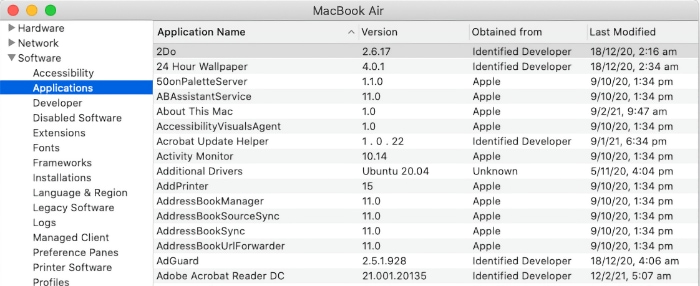
Or you can download a free utility from iMazing called “Silicon” which lists apps as Universal or Intel. It can inspect apps one at a time or check your whole Applications folder.
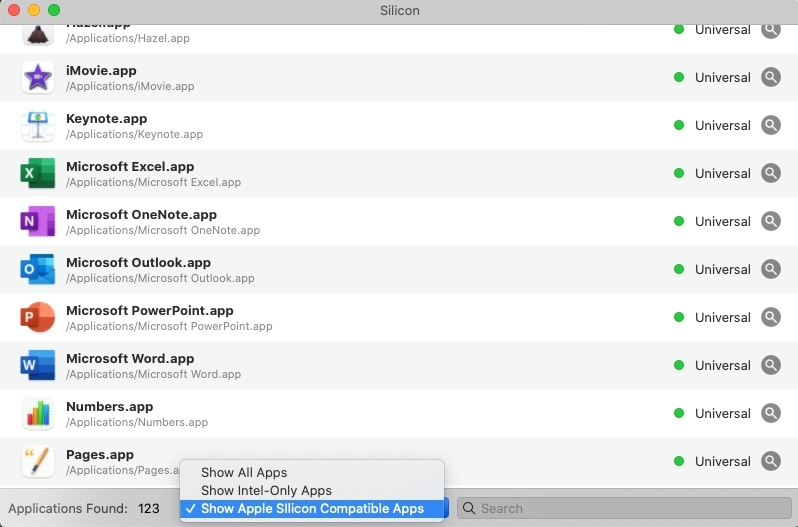
Double-speed storage
Part of the M1’s speed advantage is due to its much faster storage – more than double-speed in fact.
Our in-lab testing gave the Intel model an average read speed of 1271MBps and write speed of 1155MBps.
The M1 model more than doubled those results with an average read speed of 2835MBps and write speed of 2750MBps.
Longer battery life
The power-efficient M1 chip means the MacBook Air can not only run silently because it doesn’t need a fan, it has extraordinary battery life. Apple claims up to 18 hours from the 49.9-watt-hour lithium-polymer battery. Of course, this will vary with usage, but it’s almost double their previous claims. In casual usage, we found the battery could last two or even three days.
Even our in-lab heavy usage test playing video continuously at full screen brightness yielded 8hrs:2mins for the M1 model, while the Intel model managed only 5hrs:20mins.
However, we found the recharge time for the M1 MacBook Air slightly longer than the Intel-based model, with charging from empty to 80% full taking an average 2hr:7mins for the M1 model, versus 1hr:57mins for the Intel model.
Local Wi-Fi issues
One area where we did find problems, however, is with local wireless networking. The Wi-Fi throughput speed on the M1 Mac was noticeably slower than expected, with early file transfer tests in our lab yielding between 5MBps (megabytes per second) and 12MBps, while comparable laptops were achieving speeds of 40MBps. Using different routers and local network storage devices didn’t fix the issue.
Strangely, internet speeds were not affected, as we could still hit just over 50Mbps, which was the fastest speed possible on the NBN plan we used for testing.
The local file transfer slowdown appears to be a glitch, but one that we have not yet resolved, and internet searches revealed that others were having the same problem. Hopefully this will soon be fixed, possibly with a system update.
Beware reinstalling macOS

Another area that yielded problems was wiping and restoring the M1 MacBook Air back to factory defaults with a clean operating system. We encountered a widely reported problem that kept stalling the process, at the part where we had to create a new computer account after reinstalling macOS using the built-in macOS Recovery utility.
Apple has an official solution for the apparent bug, but we found a quicker solution online using Apple’s Terminal utility. We put the problem down to teething problems with a whole new chip architecture.
Fortunately, most users should never have to do it. We suggest M1 users avoid reformatting and reinstalling macOS for now, unless absolutely necessary.
But no Windows on Mac
While the performance and battery gains are big, you won’t want to migrate to an M1 Mac just yet if you need to run Windows on your Mac.
The M1 Macs won’t let you load Windows via BootCamp, which on Intel Macs gives you the option of booting into either operating system.
Nor can you currently run Windows on an M1 Mac using virtualisation programs such as Parallels Desktop for Mac, VMware Fusion or Oracle Virtual Box.
Why so fast?
Why is the M1 such a big leap forward? The M1 system on a chip (SoC) includes the main processor (CPU), graphics processor (GPU), Neural Engine and more on a single chip with unified memory to serve the lot.
The CPU has eight cores, split between performance and efficiency. Four efficiency cores handle lightweight processing tasks, leaving the four performance cores to do all the heavy lifting.
Then there’s the GPU (graphics processing unit) with seven cores (eight in the M1 MacBook Pro). Apple says the 16‑core Neural Engine can handle up to 11 trillion operations per second.
Security is still built-in at the chip level, with the T2 security chip of previous MacBooks now replaced by a Secure Enclave processor on the M1 itself.
Less memory needed
But with Apple products, the hardware is just half the story. Apple also builds the operating system (macOS 11, Big Sur) and numerous apps, so it can optimise them for the hardware. The new MacBooks come standard with 8GB of RAM (as unified memory that handles the graphics) but can be optioned up to 16GB.
Save money by not adding extra RAM
The question is – do you need to add more RAM? It’s unusual with computers to not recommend more RAM, but the simple, and money-saving, answer is no. The super-efficient M1 chip makes your built-in RAM go a long way and you can save money by sticking with the standard 8GB (gigabytes).
Unless you’re a professional user, you probably won’t need more – and if you are, you’ll probably opt for the MacBook Pro. Either way, it’s unlikely you’ll miss your old Intel Mac.
Should you buy?
If you’re ready to buy a new MacBook, it would be hard to not recommend the new M1 series for most people who like Apple laptops.
They’re much faster with native M1-optimised apps (the number of which is growing steadily), offer better battery life and can happily get by without adding to the standard memory supplied.
Hold off on buying, though, if you specifically need to run Windows on your Mac, or perhaps if you have the patience to wait for the inevitably better M2 coming down the pipeline.

